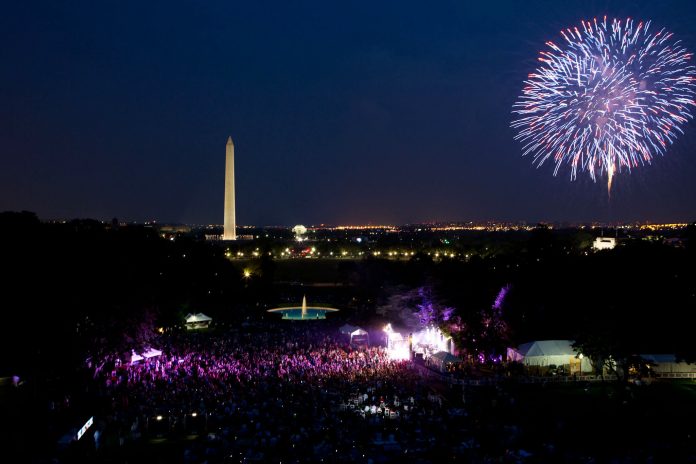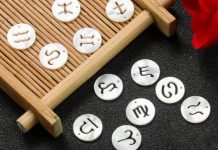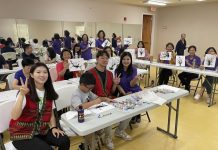
Two thousand years ago in Ancient China during the Han Dynasty, Daoist Alchemists had successfully isolated and studied Potassium Nitrate, Sulfur and Carbon from charcoal. From these ingredients the Alchemists would go on to produce gunpowder, which would form the basis of Baozhu literally “exploding bamboo” in which bamboo filled with gun powder would be thrown into a fire leading to an explosion. Overtime other compounds like indigo (blue color) and arsenical sulfides (yellow color) would be incorporated into the gun powder to make colored explosions. This practice of making vibrantly colored explosions would go on to evolve into what we now know as firecrackers and form the basis of Daoist rituals said to repel demons. So how did an experiment of Chinese Alchemy become the icon of American Independence Day?
As the world progressed and the Silk Road came to prominence which connected East Asia to Europe and Africa via the Middle East, word spread of the Chinese civilization and its use of gunpowder. In the 10th Century the Song Dynasty began developing gunpowder rockets based on firework technology for military use, this knowledge eventually spread across the Silk Road and was popularized in Medieval Syria. By the 1300’s firework technology and other pyrotechnics had reached Europe and would go on to become more popular over the course of hundreds of years. Fireworks would become so popular that Baroque composer George Frideric Handel was commissioned to write his famous piece Music for the Royal Fireworks in 1749 to accompany the royal firework presentation to celebrate the end of the War of Austrian Succession. By the late 1700’s fireworks were a household name in European celebrations and came to the Americas with European settlers during the colonial era.
During the first Independence Day fireworks display in 1777, the ceremony commenced with a 13-gun salute using cannons as well as the firing of 13 firework rockets. The festive scenery was the intention of the founding fathers namely John Adams who wrote in a letter “…It (Independence day) ought to be solemnized with Pomp and Parade, with Shews, Games, Sports, Guns, Bells, Bonfires and Illuminations from one End of this Continent to the other from this Time forward forever more”. Over time, for safety concerns, guns and cannons were gradually phased out of Independence Day festivities and replaced with fireworks which continue to form the basis of the festivities on July 4th to this day. Modern fireworks have changed greatly in regard to design and safety features from their original designs, and pyrotechnicians, engineers and chemists from all over the world are to thank for that. From the history of Independence Day fireworks, we should be reminded about the core values of America. Just as America is a land of diverse ideas and people from all over the world, fireworks are quite similarly also a product of the coming together of different people and ideas. Just as fireworks light up the night sky, it is the diverse people of this nation that light up America.










